国内初、固定翼型無人航空機のレベル3飛行による海洋ごみ空撮調査を長崎県対馬市で実施
2021年11月18日
新明和工業株式会社(本社:兵庫県宝塚市、取締役社長 五十川 龍之)は、2021年10月18日(月)から19日(火)、および11月1日(月)から4日(木)までの間、長崎県対馬市および対馬空港の協力を得て、当社が開発した固定翼型無人航空機 "XU-S (Experimental Unmanned / Utility aircraft by ShinMaywa)" を用いた海洋ごみ空撮調査の実証実験を行いました。
今般の実証実験において、以下の点が国内初となります。
- レベル3飛行(無人地帯での補助者なし目視外飛行)での海洋ごみ空撮調査
- 定期航空便が就航する空港を離着陸拠点とするレベル3飛行
- 衛星通信により管制・制御される固定翼型無人航空機とドローン運航管理システム(UTM)との接続
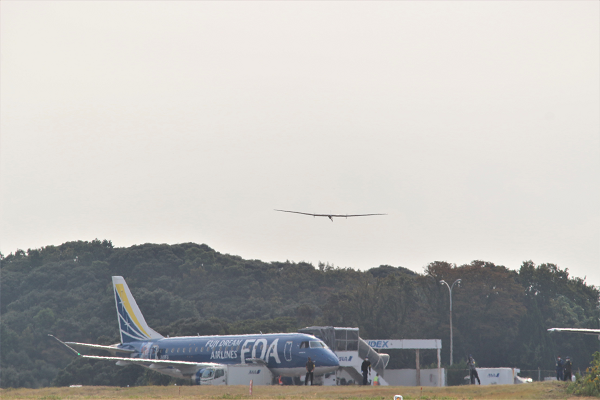
今般の実験は、国立研究開発法人 新エネルギー・産業技術総合開発機構(NEDO)が主催する「ロボット・ドローンが活躍する省エネルギー社会の実現プロジェクト」(DRESSプロジェクト)の一環として実施しました。NEDOが企画し、事務局を務めるパーソルプロセス&テクノロジー株式会社が公募した「地域特性・拡張性を考慮した運航管理システムの実証事業」(地域実証)に共同提案自治体として対馬市、また協力者として明治大学自動運転社会総合研究所(MIAD)とともに応募し、採択されたものです。
対馬市では近年、少子高齢化や過疎化という課題に対し、MIAD等とともに自動運転技術活用の可能性を探っており、深刻化する海洋ごみ問題に対して無人航空機を活用することも検討されています。一方当社では、排気ガスを生じないLiPo(リチウムイオンポリマー)電池を動力源とし、長時間・長距離の飛行が可能な固定翼型無人航空機"XU-S"を開発していることから、今般の共同応募に至りました。
本実験では、DRESSプロジェクトで開発されたUTMと接続した飛行を行いました。なお、"XU-S"とUTMとの接続インターフェース開発は、当社グループ会社の新明和ソフトテクノロジ株式会社が担当しました。
試験期間中、定期航空便が就航する対馬空港を離着陸拠点とし、衛星通信により"XU-S"の管制・制御を行い、対馬島の西側海上において、レベル3による海岸空撮調査および海上浮遊物の捜索飛行を複数回実施しました。最大で1時間12分、約63kmの連続飛行を行いました。
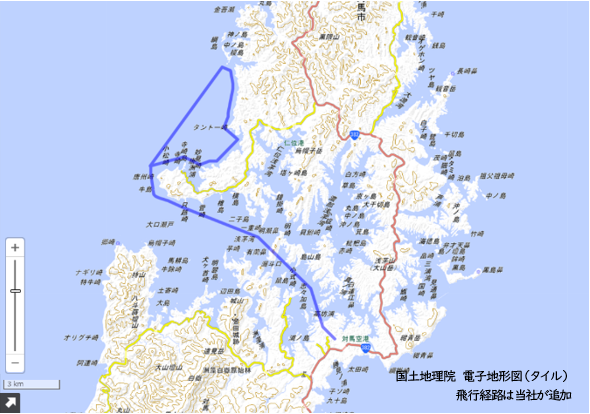
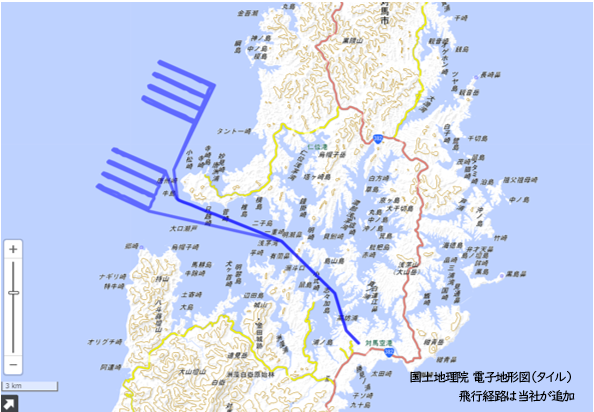
撮影内容は、「海岸に漂着したごみの空撮」と「海上を漂流するごみの空撮」の2つで、いずれも一般的な回転翼型ドローンでは航続時間・航続距離が短く対応できないため、長時間・長距離飛行を特長とする"XU-S"を用いて複数のカメラで空撮を行いました。
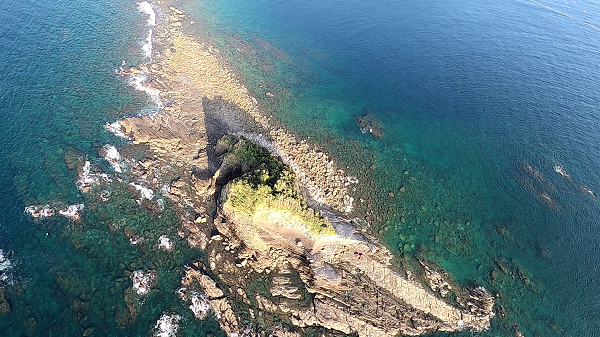
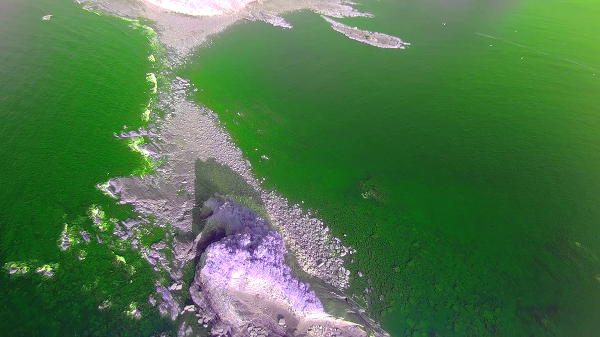
現状、対馬の漂着ごみの実態調査は、調査員が船で接岸・上陸し徒歩で行われていますが、漂着ごみが比較的多い西海岸に限っても範囲が数百kmに及ぶため、漏れなく調査することが困難です。今回実証した固定翼型無人航空機による空撮調査が実用化されれば、漂着ごみ調査の効率化と詳細把握が期待できます。また、海上捜索により漂流ごみを早期に発見できれば、近い将来、漂着する前に船で回収することも可能となり、環境改善も期待できます。
当社は、今後も観測・監視・通信などの幅広い分野において、これまで実証を行った大気汚染や海洋ごみ空撮などのサービス提供ビジネスだけでなく、ユーザーが希望する運用や要望に合わせた無人航空機の設計・製造も含めたエンジニアリングビジネスを目指してまいります。
| サイズ | 全長2.5m、全幅6.0m、全高 0.4m |
|---|---|
| 自重(電池含む) | 17kg |
| 主な材料 | 炭素繊維強化プラスチック(CFRP) |
| 操縦系統 | 無線操縦系統、自律操縦系統 |
| 推進系統 | 電動・プロペラ・双発 |
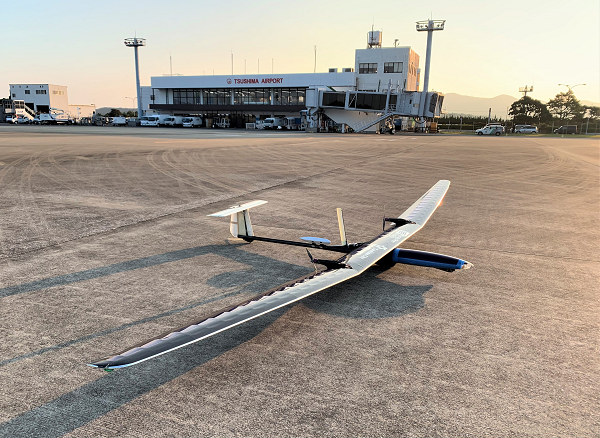
本件に関するお問い合わせ先
報道機関の方
〒665-8550
兵庫県宝塚市新明和町1-1
製品について
〒658-0027
兵庫県神戸市東灘区青木1-1-1
以上
このコンテンツに掲載している内容は、発表日現在の情報です。
これらの情報は、当社グループの事業戦略および組織の変更などにより、最新の情報と異なる場合がありますのでご了承ください。
